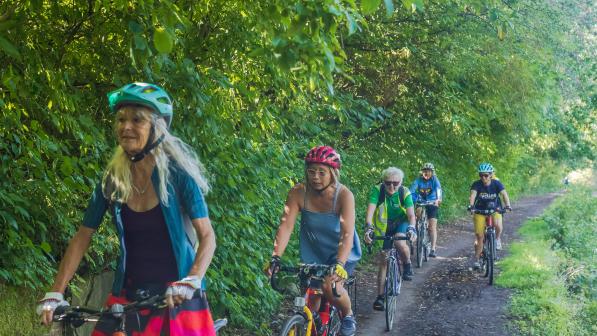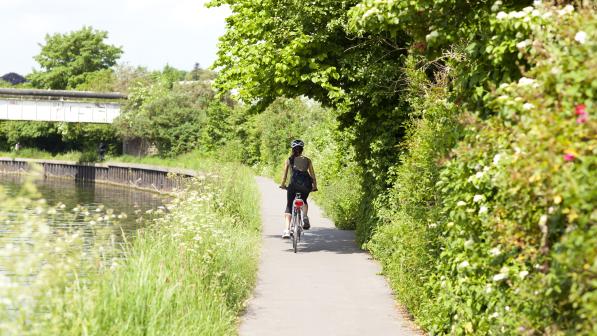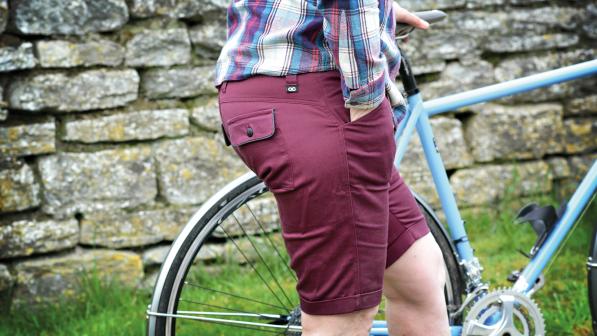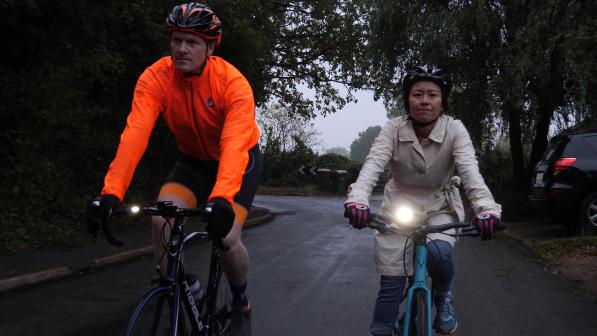How to get cycling this summer

Step 1: Dust off the old bike and give it a once-over
You’ll be amazed that often all a bike needs is its tyres pumped up and some oil on the chain and you can get going.
The key is to ensure that the bike is safe to ride. Carry out the following checks:
- The wheels, handlebars and saddle are secure and in the best position.
- The wheels go round without restriction.
- The frame has no cracks and the moving parts aren’t totally rusted up.
- The most important thing is to make sure the brakes are working.
If in any doubt there are numerous good bike shops. A service is a good investment. Costs start at £30 or so but then you can get an idea of what needs looking at.
Step 2: Haven’t got a bike?
You don’t have to buy top of the range to have a good bike, but it’s worth choosing something that you’ll want to ride over and over again. There are different styles for different uses, including:
- Town commuting bikes – robust and no nonsense, upright position, fewer gears, low maintenance.
- Road bikes – lightweight with gears, often drop handlebars, narrow wheels for speed, but not best off road.
- Mountain bikes – wider wheels and knobbly tyres for rougher terrain, but more effort on the road. Usually have gears and often suspension, which adds weight to the bike.
- Hybrid bikes – a combination of road and MTB, with tyres not too wide or narrow. Enables cycling on roads, on cycle paths and in less demanding off-road conditions.
Buy from reputable sources. Always ask to try the bike. Make sure that it’s the right size for you. After you’ve thought about what you want and listened to advice, choose something that you like! We have advice to help you choose the best bike for you.
If you’re confident enough, there are bargains to be had and a thriving second-hand market online, especially on the Cycling UK forum.
Be careful if you’re not mechanically inclined. Some cheaper bikes can have components that aren’t very durable.
For a cheaper bike, try your local bike recycling centre.
Step 3: Start easy
It’s true you never forget how to ride a bike, but take it gently and get used to riding in quiet and traffic-free areas first.
Start with shorter journeys so your muscles (and especially your posterior) can get used to the new activity.
If you’re new to cycling or nervous about venturing out, there’s help and training out there, so ask for support. Joining a group can be hugely empowering; Cycling UK has hundreds of member and affiliated groups across the UK.
In Essex, Cycling UK cycling development officer Richard Monk runs groups and courses to help beginners. He says: “If you're worried about cycling again, ask for support and help to build your confidence from a friend who cycles, a cycling instructor or join a group. It will really help.”
Cycling UK’s How to teach an adult to ride a bike video will also help.
Step 4: Get out there
Discover all the great routes around where you live. There’s an extensive list compiled by Cycling UK called Cycle a-way and our journey planner will help you discover routes and plan journeys near you. You can also get maps from your local council.
Or, of course, just go out and explore. The beauty of a bike is that you can get just about anywhere on it. It’s always worth having a rain jacket, drink and snack, and a basic bike tool kit.
If you keep your bike somewhere easy to get to, you will get it out more often.
The next step
Once you are confident cycling, you can go on a short maintenance course so you can learn how to fix basic problems with your bike.



